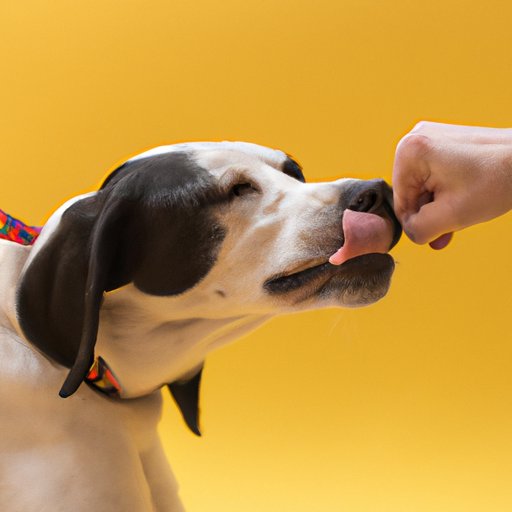
How to Help a Dog with Separation Anxiety
Dog separation anxiety is a common problem that many pet owners face. It can be challenging for both the dog and the owner when the pet dog becomes anxious, destructive, and noisy when left alone. Separation anxiety is not a behavior problem that the dog can quickly outgrow. However, with the right approach, you can help your dog get over the fear and stay calm.
Signs of Separation Anxiety in Dogs
The first step to solving separation anxiety in dogs is identifying the signs. Dogs with separation anxiety may display several symptoms immediately you leave or some hours later. Some of the common symptoms include:
- Excessive barking, whining, or howling
- Scratching the door or windows
- Chewing and destruction of objects in the house
- Pacing or restlessness
- Urinating or defecating in the house even after being potty trained
Different dogs may display different behaviors, and some may show multiple symptoms at a time. It is essential to note that some of these behaviors may also be displayed in other instances, so the severity and frequency of the symptoms are what matter.
Acclimating Dogs to Alone Time
Gradual acclimation to alone time can help dogs overcome separation anxiety. Dogs that are well acclimated to alone time do not become anxious when you leave and become comfortable soon after you go out. Crate training is a technique that can help dogs associate alone time with safety and comfort.
Desensitization is another technique that involves gradually exposing your dog to situations that make him anxious, but in controlled scenarios. For instance, you can practice leaving the dog alone for short periods, then gradually increasing the time you keep the dog alone. With time, the dog gets used to the alone time and becomes comfortable.
Exercise and Mental Stimulation
Exercise and mental stimulation can help reduce anxiety in dogs and promote physical and mental health. Dogs that get enough exercise are less anxious, have fewer destructive behaviors, and are more obedient. Regular exercise also lowers the dog’s stress levels and helps build their confidence.
Some of the best exercises for relieving anxiety in dogs include walking, running, and playing fetch. Mental stimulation techniques such as solving puzzles, playing brain games, and training can also help keep your dog calm.
Tips for Making Departure and Arrival Less Stressful
Goodbyes and hello can become very stressful events for dogs that suffer from separation anxiety. To make these events less distressing,
- Keep goodbyes brief and avoid creating a fuss
- Provide distraction techniques such as puzzle toys to keep the dog occupied before leaving the house
- Creating a comfortable environment for your dog by leaving behind his favorite blanket or toy
These simple tips can help distract the dog and make the events less stressful.
Soothing Background Noise
The use of TV or radio as a source of white noise can provide comfort to your dog and help him relax. When you turn on the TV or radio, these sources of white noise help block out outside noises, providing calming background noise. You can leave your TV or radio tuned to a soft music channel before leaving the house.
Positive Reinforcement Training Techniques
Positive reinforcement training is an effective technique that can help dogs overcome separation anxiety. It involves reward-based training whereby you reward your dog for exhibiting specific desirable behaviors. You can reward your dog with treats, toys, or verbal praise. Over time, the dog learns to associate alone time with rewards and learns to enjoy the experience.
Some specific positive reinforcement training techniques that can help your dog include crate training using positive reinforcement, teaching basic obedience commands, and comprehensive training geared towards overcoming separation anxiety.
Seeking Professional Help
While it is possible to treat separation anxiety at home, severe cases require the intervention of a professional. A professional trainer or veterinarian can provide specific guidance on how to treat separation anxiety. They can also diagnose underlying medical conditions that may be contributing to separation anxiety.
If you suspect severe separation anxiety in your dog, it is essential to seek the help of a qualified professional. A certified dog trainer or veterinarian can help you create an individualized treatment plan tailored to your dog’s unique situation.
Conclusion
Solving separation anxiety in dogs is vital to ensure that both the dog and the owner can live without distress. While there are different approaches to solving separation anxiety in dogs, the most effective technique should be gradual and personalized to your pet’s unique situation.
As a pet parent, pay close attention to your dog’s behaviors and observe any changes that may signal separation anxiety. With the right approach, you can help your dog overcome separation anxiety, leading to a happier and more peaceful life for both of you.





